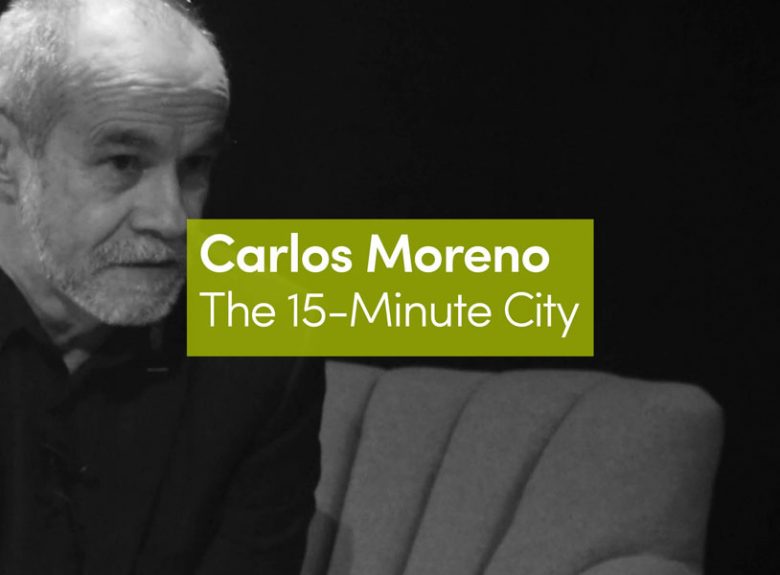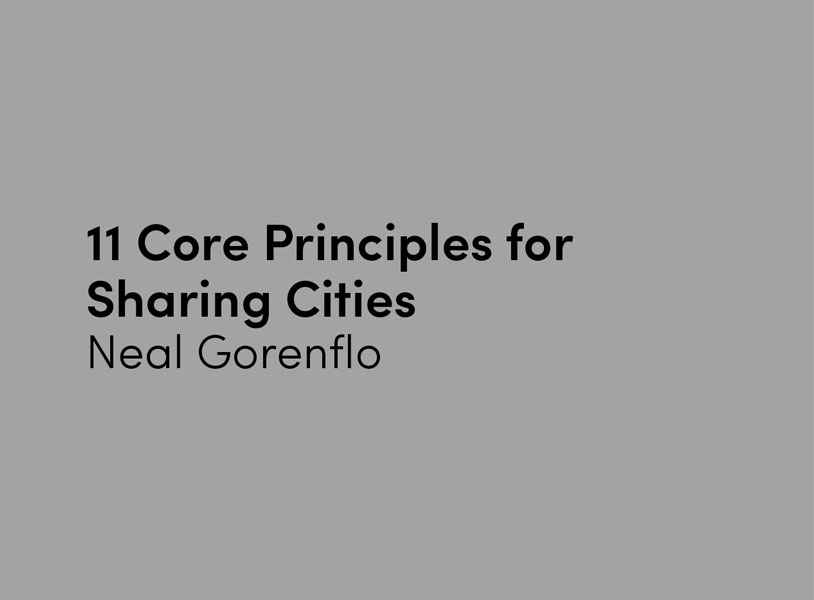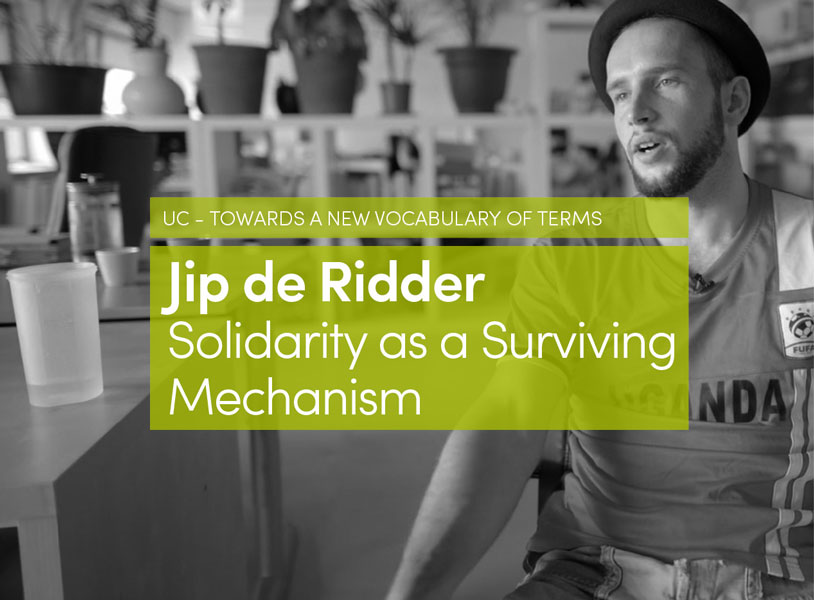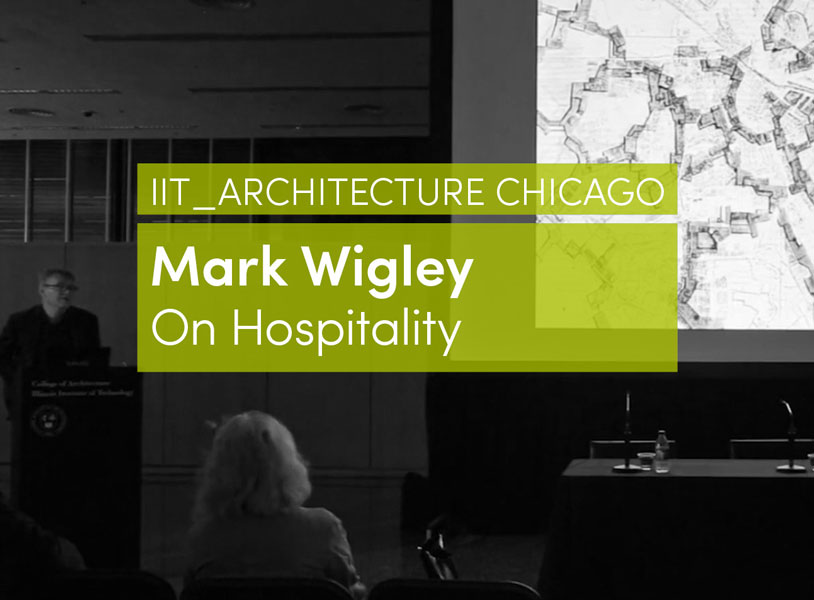The Seagram Building Construction Ecology
Kiel Moe
This book presents a terrestrial description of the Seagram Building. It aims to describe how humans and nature interact with the thin crust of the planet. Architecture reorganizes nature and society in particular ways that today demand overt attention and new methods of description.
The immense material, energy and labor involved in building require a fresh interpretation that better situates the ecological and social potential of design. Architecture and society would benefit from alternative descriptions of building and architecture as terrestrial activities that help imagine how to maximize the impact of architecture on its environment. I argue that the enhancement of a particular building should be inextricable from the enhancement of its world-system and construction ecology. A “beautiful” building engendered through the vulgarity of uneven exchanges and processes of underdevelopment is no longer a tenable conceit in such a framework. Design can and should evince the inherent solidarity and reciprocity of people, places and politics involved in building architecture. The environmental and social conditions of this century suggest a much more recursive description of architecture and the terrestrial processes that converge through building. To this end, the book mixes construction ecology, material geography, and world-systems analysis through architecture to help articulate all the terrestrial activities that engender building generally and, more specifically, through the example of a most modern of modern architectures: the Seagram Building. The book evokes a broad range of evidence to help explicate the terrestrial activity of this architecture to make design far less abstract and much more literal. Unless architects begin to describe buildings as terrestrial events and artifacts, architects will —to our collective and professional peril— continue to operate outside the key environmental dynamics and key political processes of this century.




